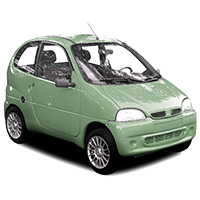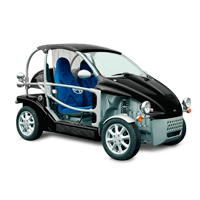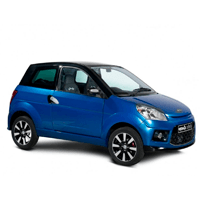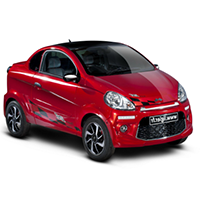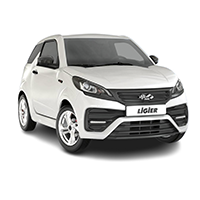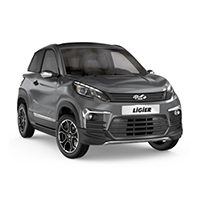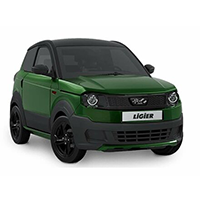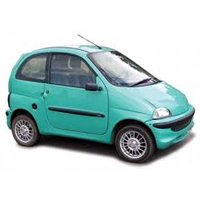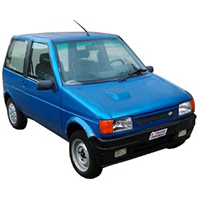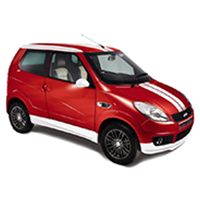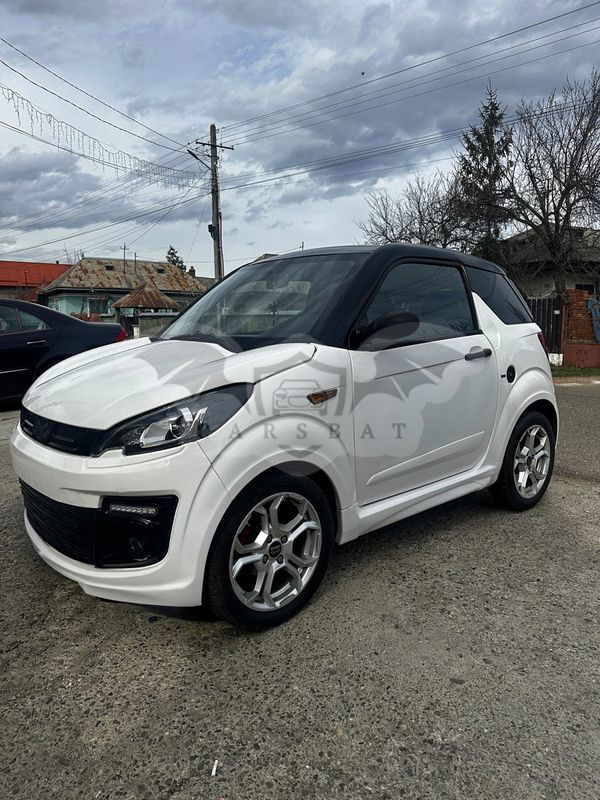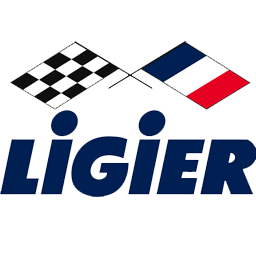
Catalog / Ligier
Ligier: From Formula 1 to Revolutionary Microcars
Ligier, a French automobile manufacturer, has a rich and diverse history that spans over half a century. Founded in 1968 by former rugby player and racing driver Guy Ligier, the company initially focused on sports car racing and Formula 1.
The company's journey began with the production of sports cars, with the Ligier JS1 being its first model, named as a tribute to Jo Schlesser, Ligier's friend and fellow driver who had recently passed away. This naming convention, using the initials 'JS', would continue for all subsequent Ligier models.
Ligier's involvement in Formula 1 started in 1976 and continued until 1996. During this period, the team achieved notable successes, including a victory at the 1977 Swedish Grand Prix with Jacques Laffite at the wheel. The Ligier team became known for its distinctive blue cars and had partnerships with major manufacturers like Matra and Renault.
However, the most significant transformation in Ligier's history came in 1992 when Guy Ligier sold the Formula 1 team to Cyril de Rouvre. This marked the beginning of Ligier's shift towards the production of microcars and quadricycles. In 2008, the company merged with another French microcar manufacturer, Microcar, to form the Ligier Group.
Today, Ligier is primarily known for its range of microcars and light quadricycles, many of which can be driven without a full driver's license in several European countries. These vehicles are particularly popular among young drivers and in urban areas where their compact size and fuel efficiency are advantageous.
Ligier's current range includes models like the JS50, JS60, and Be Up, which are available in various configurations to suit different needs and preferences. These vehicles are designed to offer practical, economical transportation solutions, particularly in congested urban environments.
The company has also maintained its connection to motorsport through Ligier Automotive, which produces sports prototype racing cars for various international racing series. This division continues the legacy of Ligier's racing heritage while the microcar division focuses on everyday mobility solutions.
In recent years, Ligier has been adapting to the growing demand for electric vehicles. The company has introduced electric versions of some of its popular models, aligning with the global shift towards more sustainable transportation options.
Ligier's journey from a racing team to a manufacturer of innovative urban mobility solutions showcases its ability to adapt to changing market demands. As cities become more congested and environmental concerns grow, Ligier's microcars and quadricycles offer a unique solution that bridges the gap between cars and motorcycles, providing an important option in the diverse landscape of modern transportation.

